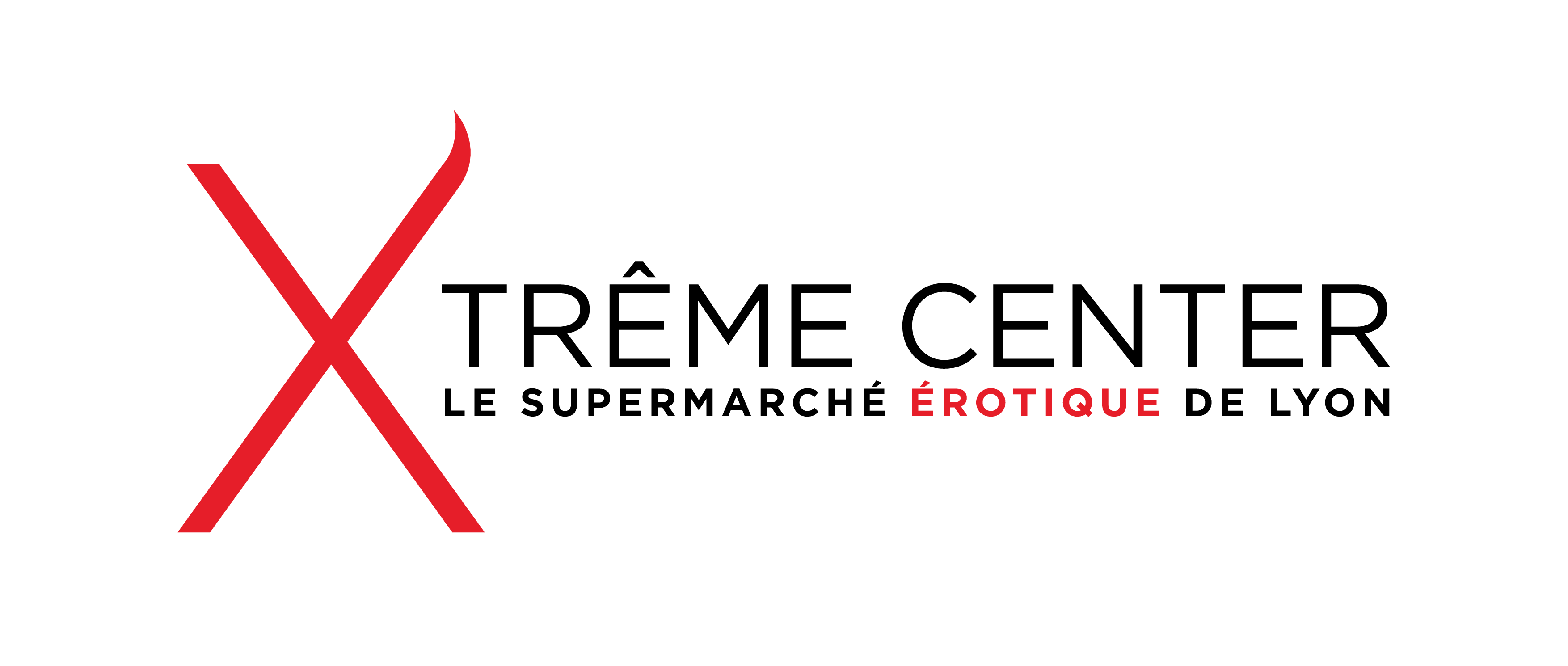Exploring Quantum AI’s User-Friendly Interface
In recent years, quantum computing and artificial intelligence have emerged as two of the most promising technologies with the potential to revolutionize various industries. The combination of these two fields has led to the development of Quantum AI, a powerful tool that harnesses the computational power of quantum computers to enhance AI algorithms. One of the key factors that will determine the widespread adoption of Quantum AI is its user-friendly interface.
The user interface of a technology plays a crucial role in its usability and accessibility. A complex or difficult-to-navigate interface can hinder the adoption of even the most advanced technologies. Therefore, the development of a user-friendly interface for Quantum AI is essential to ensure that users can effectively leverage the capabilities of this cutting-edge technology.
Key Features of Quantum AI’s User-Friendly Interface:
1. Intuitive Design: The user interface of Quantum AI should be designed in a way that is intuitive and easy to use. Users should be able to navigate the interface without extensive training or prior knowledge of quantum computing or AI algorithms. This requires a clear and logical layout, with easily accessible tools and functions.
2. Interactive Visualization: Quantum computing concepts and algorithms can be complex and abstract. To assist users in understanding and working with these concepts, the user interface of Quantum AI should include interactive visualization tools. These tools can help users visualize quantum states, qubit operations, and other key aspects of quantum computing.
3. Drag-and-Drop Functionality: A drag-and-drop interface allows users to easily build and modify quantum circuits and algorithms. quantum ai français This feature simplifies the process of creating and testing quantum programs, enabling users to experiment with different configurations and optimize their algorithms.
4. Real-Time Feedback: Quantum AI’s user-friendly interface should provide real-time feedback on the performance of quantum algorithms and circuits. This includes information on quantum gate operations, qubit states, and quantum outputs. Real-time feedback can help users identify errors and optimize their algorithms more effectively.
5. Customizable Workflows: Users should be able to customize their workflows within the Quantum AI interface to suit their specific needs and preferences. This includes the ability to save and load previous projects, define custom shortcuts, and adjust settings according to individual requirements. Customizable workflows enhance user productivity and efficiency.
6. Educational Resources: To support users in learning and mastering Quantum AI, the user-friendly interface should include educational resources such as tutorials, documentation, and sample projects. These resources can help users familiarize themselves with quantum computing concepts, AI algorithms, and best practices for utilizing Quantum AI effectively.
7. Collaboration Tools: The user interface of Quantum AI should facilitate collaboration among users by enabling real-time sharing and editing of quantum programs and algorithms. Collaboration tools promote knowledge sharing and foster a sense of community among Quantum AI users, leading to a more vibrant and engaged user base.
In conclusion, the development of a user-friendly interface is a critical component of Quantum AI’s success. By incorporating intuitive design, interactive visualization, drag-and-drop functionality, real-time feedback, customizable workflows, educational resources, and collaboration tools, Quantum AI can empower users to leverage the full potential of quantum computing and artificial intelligence. With a user-friendly interface, Quantum AI has the potential to revolutionize how we approach complex computational problems and unlock new opportunities in various industries.



Commentaires récents